Europe’s Most Special Easter Traditions
Easter is one of the most important religious festivities for Christians, it’s the day when religious people celebrate the resurrection of Jesus Christ. In Europe, there are many traditional ways to celebrate this festivity, like going to the Easter Sunday mass, painting eggs, gifting chocolate bunnies, but there are also some not so ordinary traditions of celebrating Easter.
#1 Water plays in Poland and Hungary
In Poland and Hungary on Easter Monday, young men pour buckets of water over young women’s heads to help with their fertility. While watering them, they recite a poem and the girls must give them painted Easter eggs.
#2 Well-wishing witches from Finland and Sweden
In Finland and Sweden children dress up as witches and wander the streets with broomsticks in the hunt for treats. According to their old belief, during the Easter time witches fly off to communicate with Satan. That’s why children dress up and accept sugary bribes from each household in return to use willow branches to chase away evil spirits.
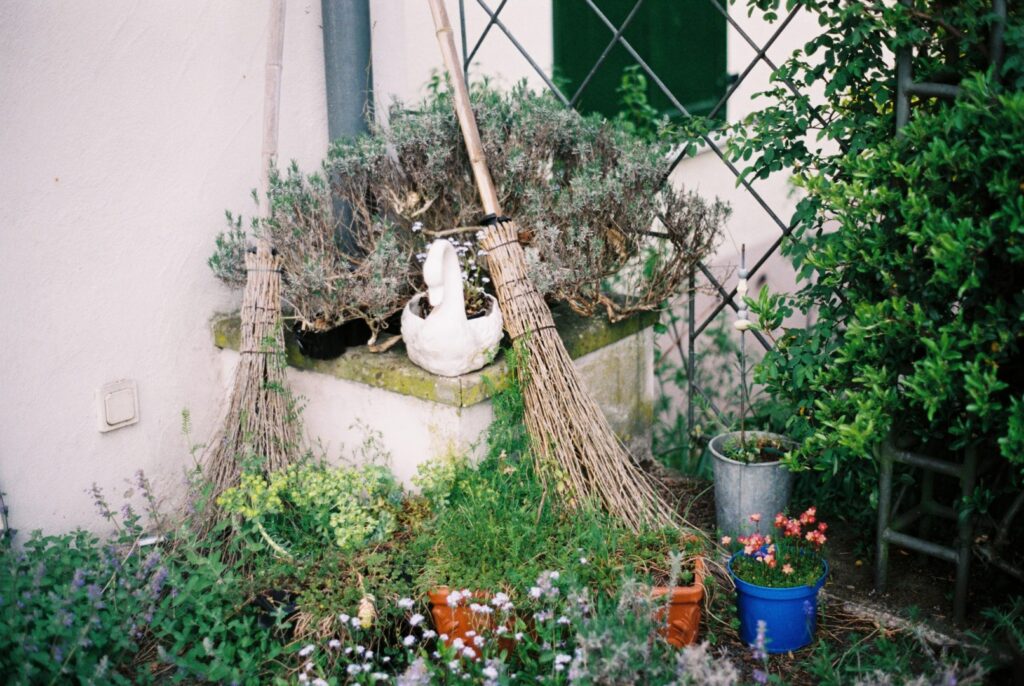
#3 Detective-celebration in Norway
In Norway Easter time means crime time. Norwegian love crime novels and detective shows! All TV channels are broadcasting crime shows, bookstores are filled with freshly-printed detective novels and the milk cartons carry short detective stories on their side during the Easter period.
#4 Mysterious letters in Denmark
During Easter period Danes sending out an anonymous letters! An old Danish Easter tradition involves mailing “teaser letters” with a riddle. The letter is decorated with snowdrops and signed with dots that correspond to the number of letters in the sender’s name. If the recipient guesses who sent it, he will get an Easter chocolate egg and if he doesn’t, he will be the one to give a chocolate egg to the sender.
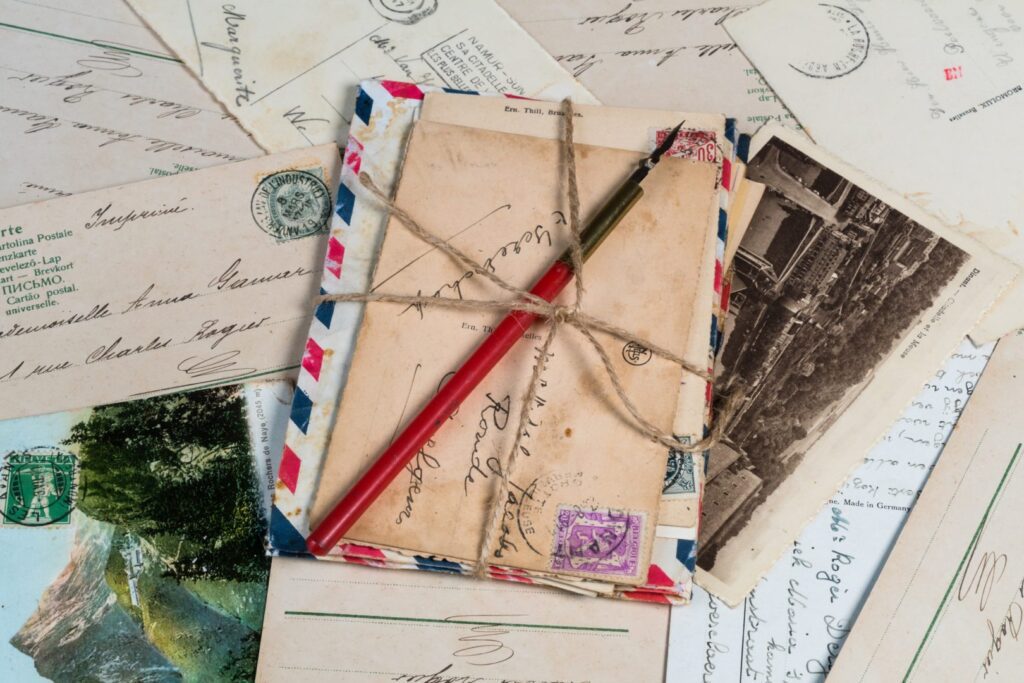
#5 Firework cart in Florence, Italy
In Florence locals celebrate Easter by exploding a cart. They fill a huge cart with fireworks which is then dragged all around the city right up to the Duomo where the Archbishop of Florence set it to fire after the mass.
#6 Smashing the pottery on Corfu, Greece
Avoid the streets of Corfu on Easter Sunday around 11 am. On this day people gather at their windows to throw all sort of pottery down the streets. The noisy custom apparently derives from Venetian tradition when, on New Year’s Day, they threw their old possessions from the window in the hope of receiving new ones.
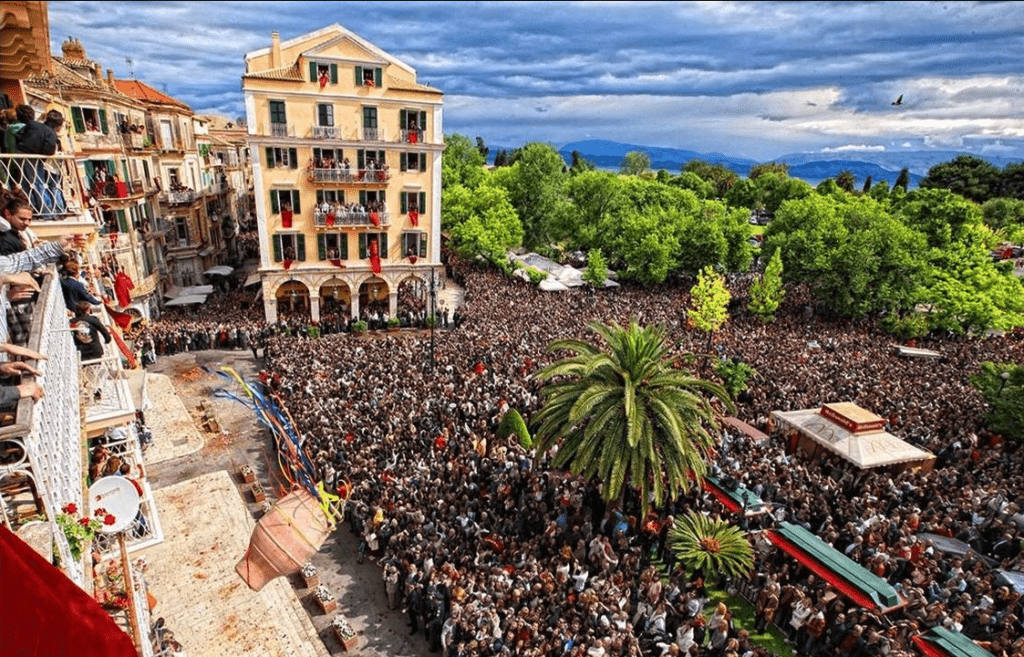
#7 No colorful eggs in Greece
Colorful eggs are part of most Eastern traditions, but not in Greece. There you will find only red eggs, as the color red represents the blood of Christ. Red eggs also stand for the victory over death.
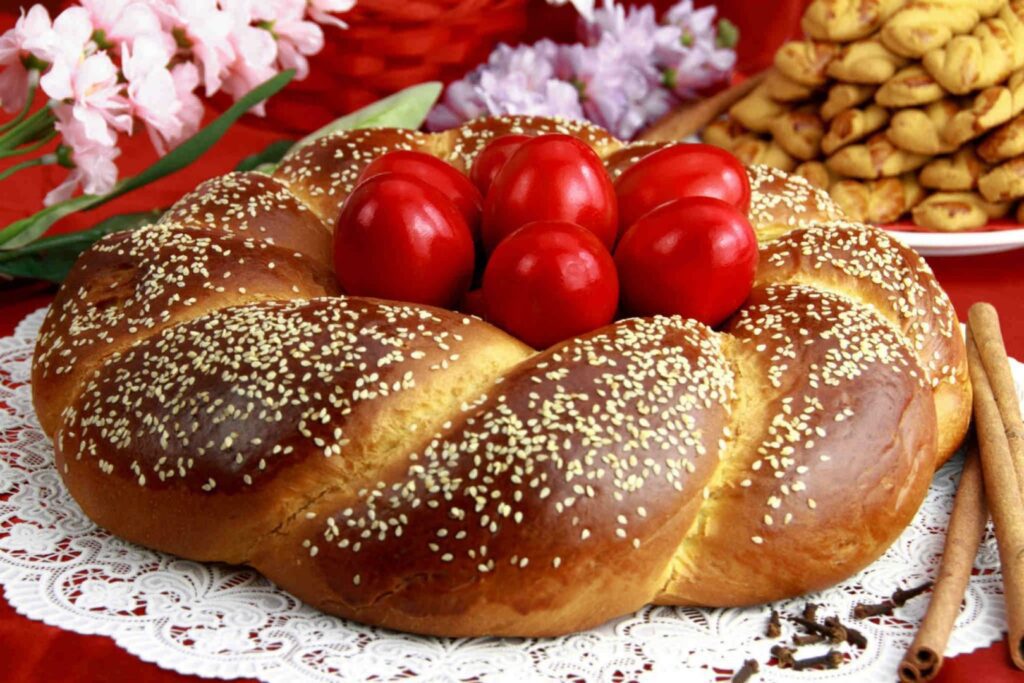
#8 “Death Dance” in Verges, Spain
In the Medieval town of Verges locals dance the traditional “dansa de la mort” or “death dance”. On Maundy Thursday everyone dresses in skeleton costumes and carry boxes of ashes, The Procession of Verges is a theatrical representation of the life and crucifixion of Jesus Christ.
#9 Sinner processions in Spain
Easter celebrations in Spain are hold over the whole Holy Week. It includes processions with a symbolic echo of the New Testament account of Jesus’ capture and crucifixion. People participating in this procession wear the traditional hood “capirote”, which is designed to hide the wearer’s identity. This tradition originates back from the Spanish Inquisition. People found guilty of religious crimes would walk the streets with the hats while being mocked and insulted by the crowds.
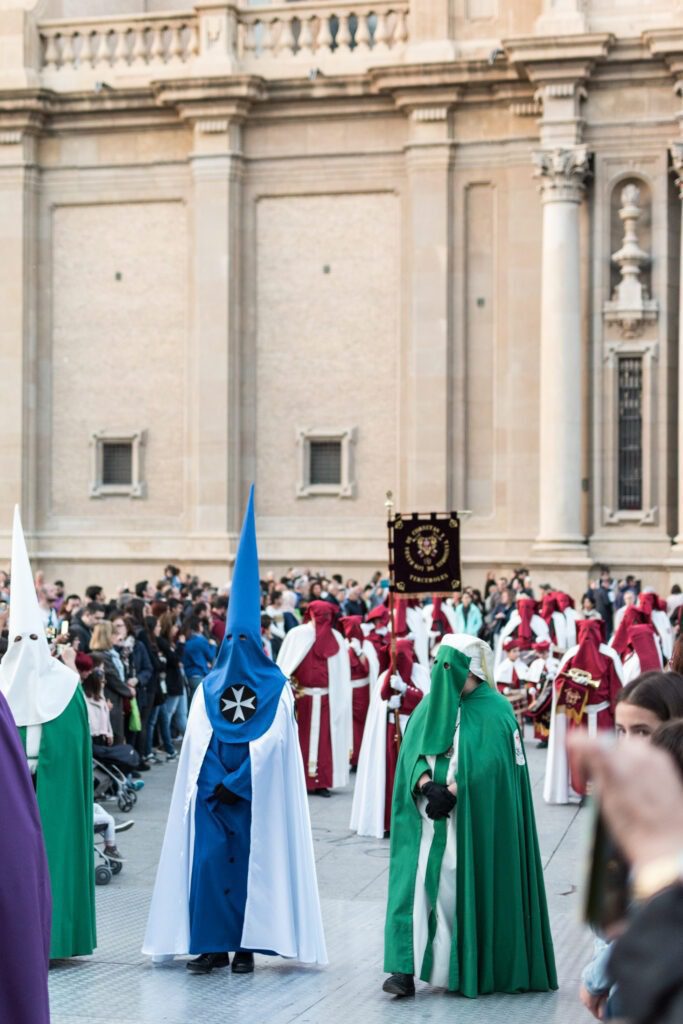
#10 “Whipping” Women in the Czech Republic and Slovakia
In the Czech Republic and Slovakia on Easter Monday the men go from house to house symbolically lashing the women and girls with whips. They say it’s to foster good health and beauty. And, as a sign of gratitude the women give an egg or chocolate to the men.
Find all of our hotels in the most vibrant cities of Europe


